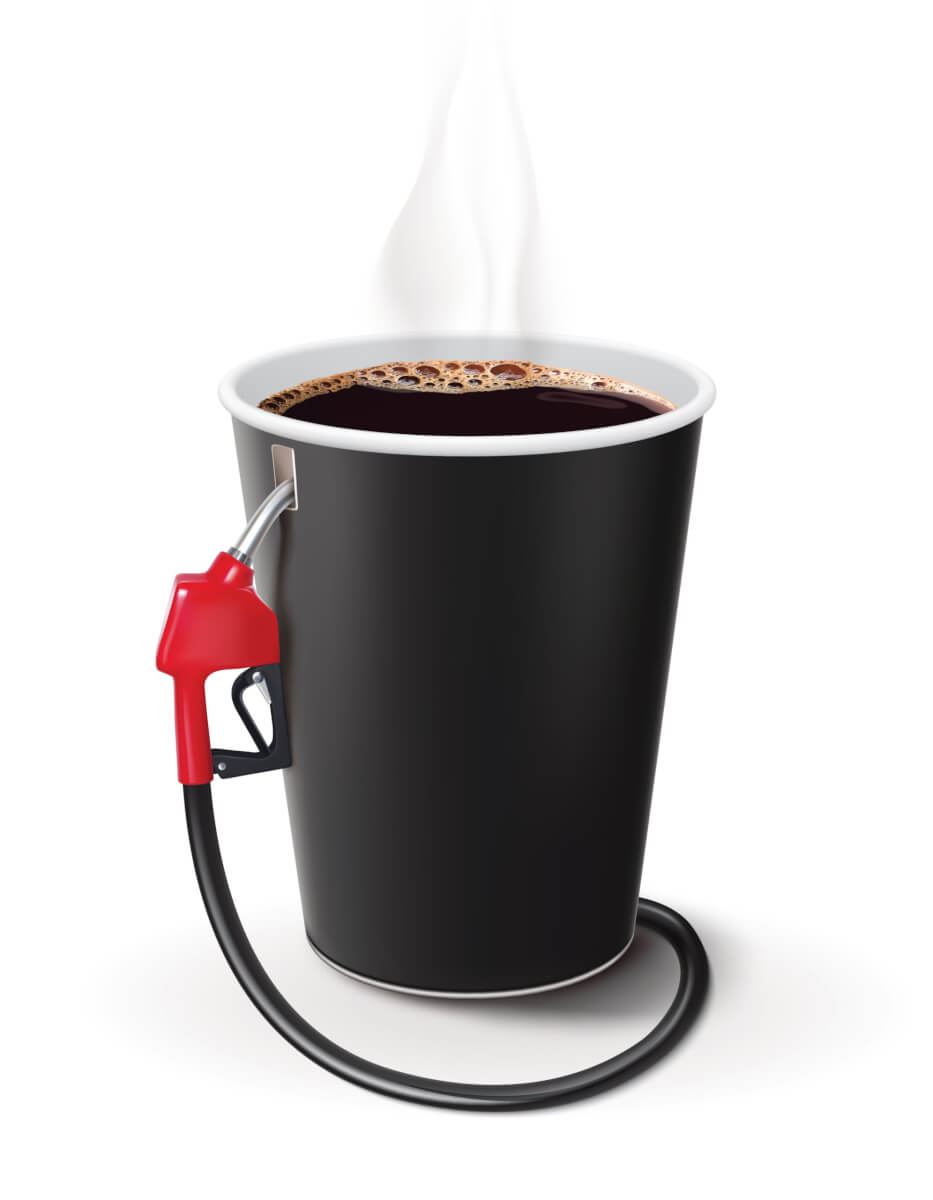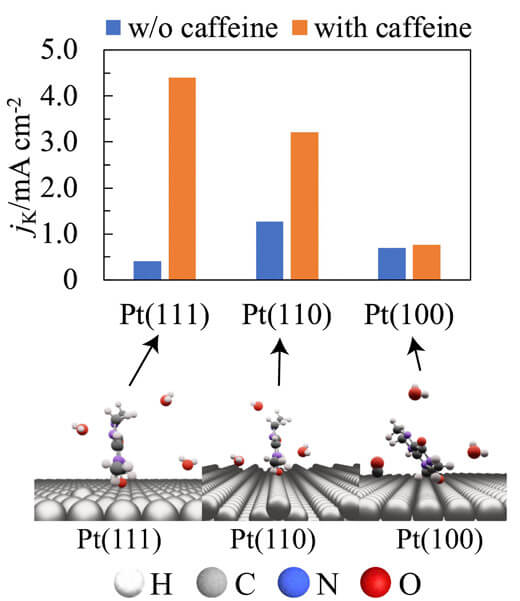💡What To Know:
- Caffeine appears to boost the efficiency of platinum fuel cells.
- Adding this ingredient in coffee increased fuel cell efficiency by as much as 11 times.
- Caffeine is a natural chemical that acts as a stimulant when consumed by people.
CHIBA, Japan — For years, scientists have been searching for ways to enhance the performance of fuel cells, a promising clean energy technology that could one day power our cars and homes. Now, a surprising new study suggests that the secret ingredient to supercharge fuel cells might be hiding in your kitchen cupboard: caffeine, the beloved pick-me-up found in coffee, tea, and energy drinks.
The study, led by researchers at Chiba University in Japan and published in Nature: Communications Chemistry, found that adding tiny amounts of caffeine to a specific part of fuel cells can dramatically boost their efficiency, potentially bringing us one step closer to a sustainable energy future. Researchers say enhancing the activity of the oxygen reduction reaction (ORR) is crucial for fuel cell development. In simpler terms, the ORR is a chemical process that generates electricity inside fuel cells. The more efficient this reaction is, the better the fuel cell performs.
Here’s where the caffeine comes in. The researchers discovered that when they applied caffeine to the surface of platinum, a precious metal commonly used in fuel cells, it increased the ORR activity by a whopping 11 times compared to plain platinum. That’s like trading in your old, clunky car for a sleek, turbocharged sports model.
However, the benefits of the “caffeine treatment” varied depending on the microscopic texture of the platinum surface. On an atomically smooth platinum surface known as Pt(111), the caffeine boosted ORR activity 11-fold. On a slightly rougher surface called Pt(110), the improvement was a more modest but still impressive 2.5 times. Curiously, the Pt(100) surface saw no benefit at all.

To unravel this mystery, the team used a powerful analytical technique called infrared reflection absorption spectroscopy, or IRAS. They found that caffeine expelled water molecules from the platinum surface, preventing the formation of an unwanted compound called PtOH that can gum up the works and slow down the ORR.
The IRAS results also revealed that caffeine molecules stood upright on the Pt(111) and Pt(110) surfaces like attentive soldiers, with their flat “faces” perpendicular to the platinum. On Pt(100), however, the caffeine molecules were a bit lazier, lying tilted on their sides. This difference in molecular posture might explain why caffeine enhanced the ORR on some platinum surfaces but not others.
“The increased ORR activity of Pt(111) and Pt(110) was attributed to the decreased PtOH coverage and lower steric hindrance of the adsorbed caffeine. Conversely, for Pt(100), the effect of decreasing PtOH was counteracted by the steric hindrance of the adsorbed caffeine, and thus caffeine did not affect the ORR activity,” explains Professor Nagahiro Hoshi, of the Graduate School of Engineering at Chiba University, in a statement.

Study authors say don’t start pouring coffee into your car’s fuel tank yet. The amount of caffeine used in this study was incredibly tiny, equivalent to dissolving a single grain of sugar in over 3,000 gallons of water. The experiments were done on small, extremely pure platinum surfaces under carefully controlled lab conditions, a far cry from the gritty reality of an actual fuel cell stack.
Still, this study opens up exciting new avenues for fuel cell research. If scientists can figure out how to translate these caffeine-induced performance boosts to real-world systems, it could help make fuel cells cheaper, more efficient, and more widely adopted.
In a world increasingly thirsty for clean energy solutions, every little efficiency gain counts. So, the next time you savor your morning cup of coffee, take a moment to appreciate the incredible potential of that humble little molecule, caffeine. Who knows? It might help power a greener, more sustainable future for us all.
StudyFinds’ Chris Melore contributed to this report.
You might also be interested in:

Find a method to remove any and all water molecules. Problem solved??